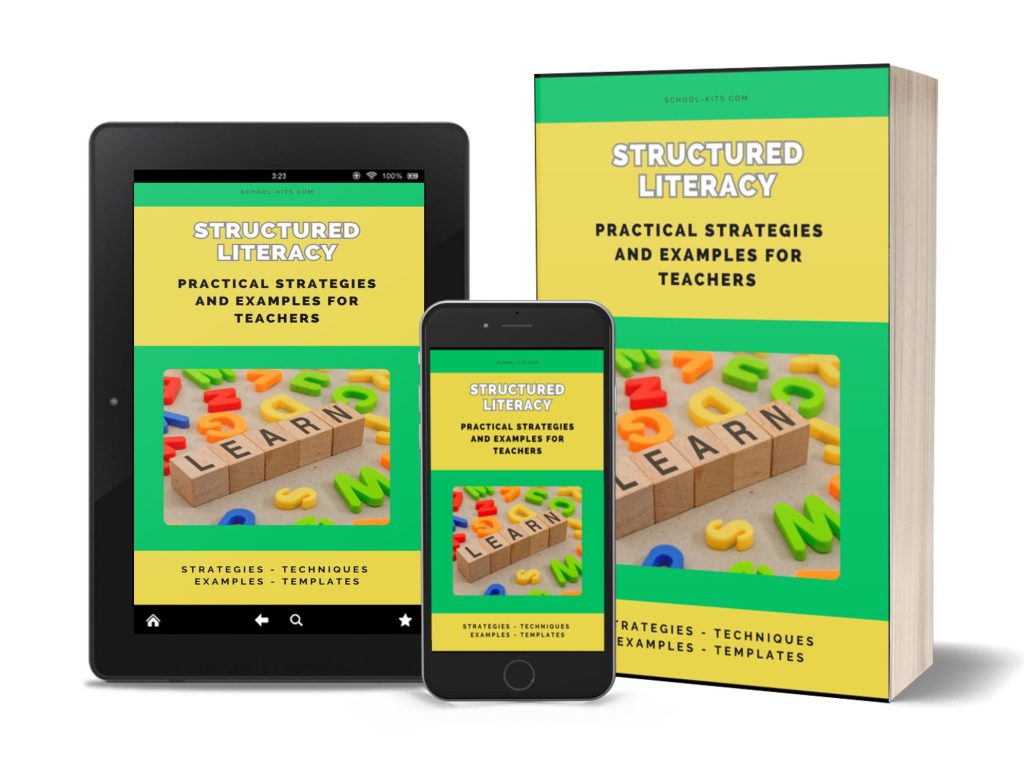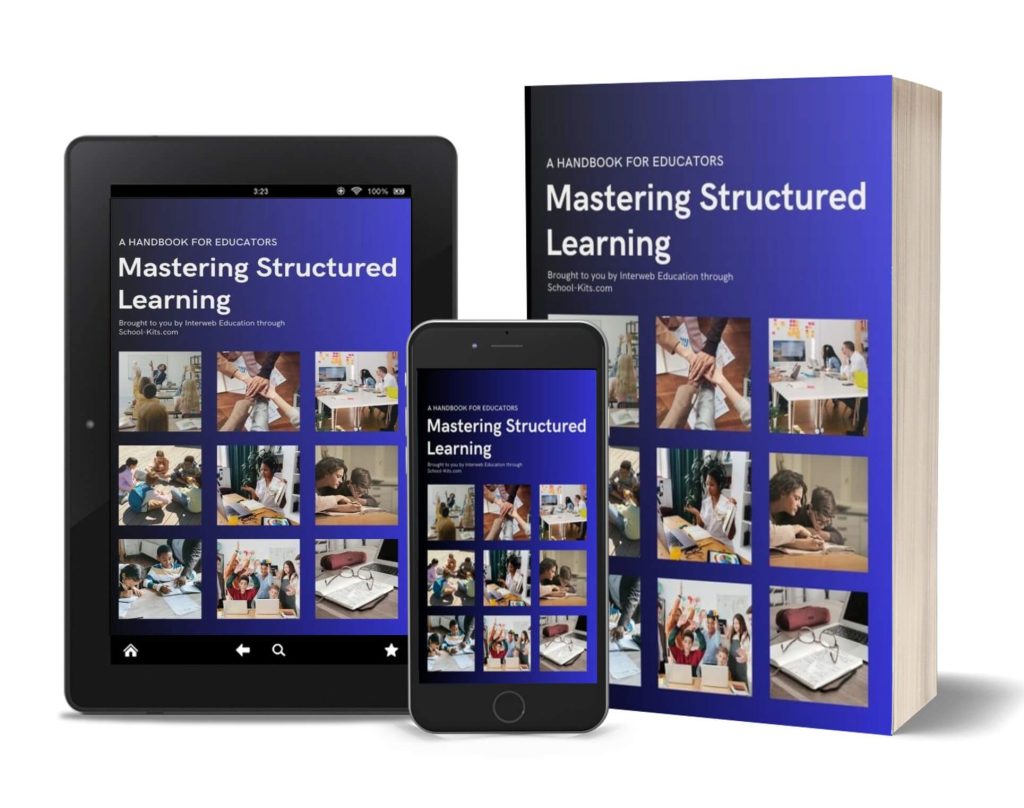When I attended Infants school in the UK (5-6 years old) in the late 1960s, I was fortunate enough to be taught using what we now call Structured Literacy. At the time, I didn’t realize how groundbreaking it was, but looking back, I can see how this method helped me learn. I can remember lessons following a clear structure – starting with sounds, then blending them into words, and finally into sentences. It was as though each step was a building block that made reading less daunting and more exciting. Instead of guessing or memorizing words, I learned the rules behind the language, which gave me confidence that has stayed with me throughout my life.
They also used a similar structured method in Arithmetic back then. We used little coloured, wooden blocks of different sizes and quickly learned things like 2 of the “5” length blocks and 5 of the “2” length blocks were the same as 1 of the “10” length blocks. This helped me learn maths quickly right through to passing Mathematics for IT, Data Structures and Algorithms, System Analysis and Design and Technical Writing papers in the BIT Degree when I was 56, for example.
Learning to see structures helps in all forms of learning and the methods stick with you for life!
Structured Learning and Structured Literacy teach in a systematic, logical way. In literacy, it focuses on understanding the relationships between letters, sounds, and words. For schools today, this method is more than just an alternative; it’s a proven way to ensure that all students, regardless of their learning style or challenges, gain a strong foundation in literacy. By breaking language down into smaller, manageable pieces and building up from there, Structured Literacy helps students of all abilities – including those with dyslexia – grasp the mechanics of reading in a way that traditional methods often miss.
This approach also empowers teachers by providing them with a structured framework for instruction, enabling them to track student progress and adjust as needed. It ensures that no student gets left behind because of a one-size-fits-all approach to reading.
To learn more about this method, check out my Structured Literacy guide. It’s filled with practical strategies to help schools implement this powerful teaching method and give every student the tools to succeed. Structured Literacy can create a future where reading is an open door for every child!
If you want to learn how to use Structured Learning in other subjects, check out my other book, Mastering Structured Learning.
Take a look at some more Structured Literacy books on Amazon.
Other recommended books:
- Teacher Talks: The Ultimate Structured Literacy Teacher’s Guide [get it on Amazon]
- The Ultimate Scope and Sequence: For Teaching Structured Literacy [get it on Amazon]


